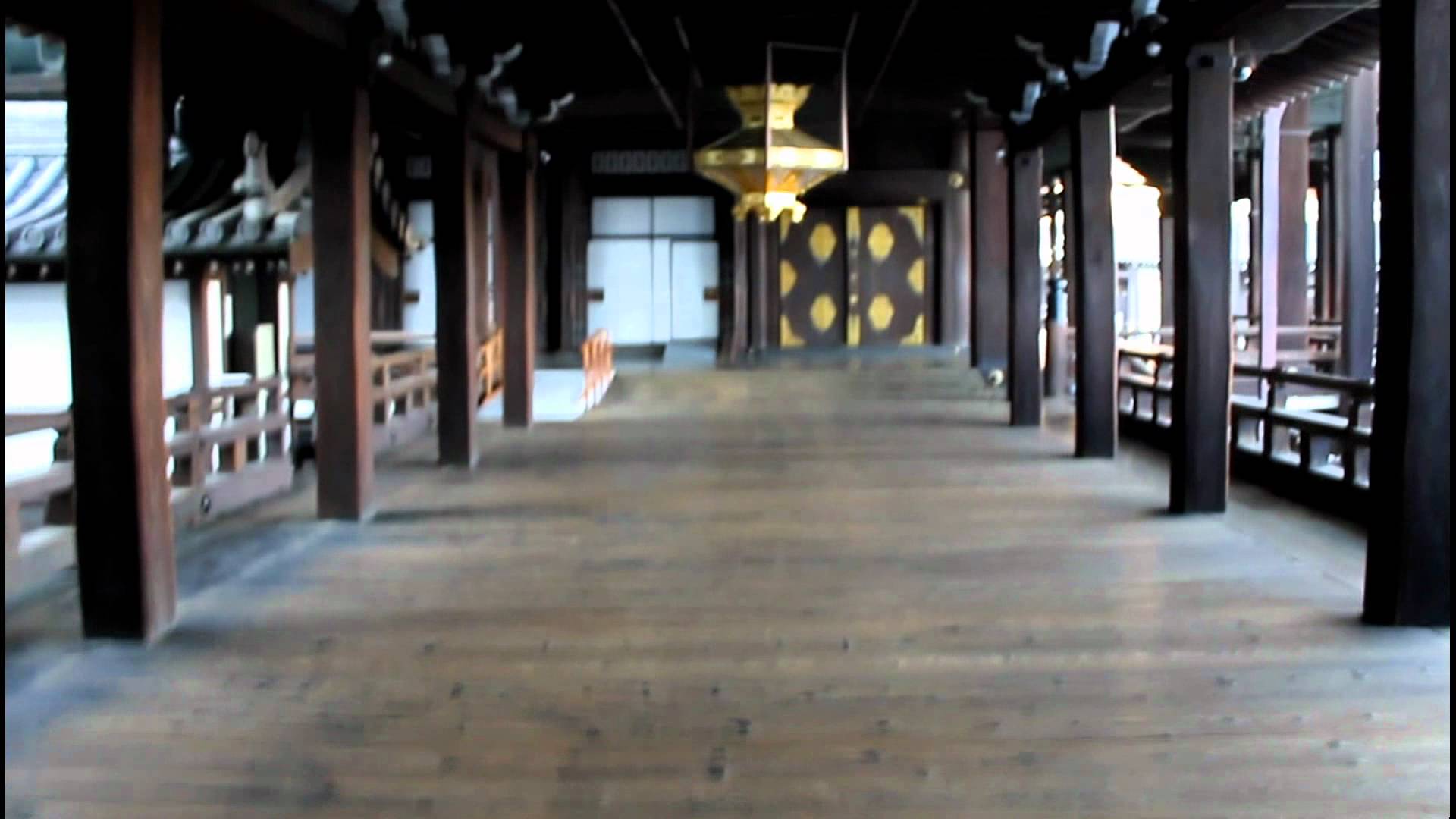
Naturally, the people who helped make “shiplap” a household name have plenty of it in their own home in Waco, Texas. Design duo Chip and Joanna Gaines, best known for HGTV’s “Fixer Upper” as well as their own home decor brand Magnolia, opened their doors to Architectural Digest to give us all a peek at their personal style.
The way Joanna tells it, she isn’t necessarily obsessed with shiplap as a universal design strategy – she just happened to move into a historic farmhouse full of it, and it influenced her style as a result. Now, the word is practically synonymous with her name, and strongly associated with her easygoing, livable but fastidiously curated aesthetic.
Joanna tells AD she was determined to make pine one of the most important elements in the home, digging deep to get to the original flooring. You can see in the photos how beautifully it has aged over the years – a key feature of the species.

“So, when we originally bought the farmhouse, I think it hadn’t been updated since the ’80s, so there was carpet everywhere and the ceilings were dropped really low. We wanted to get this thing down to almost the bare bones to figure out how we could make it work for our family.”
“We took out three or four layers of flooring to get to the original pine floors and then had to rework all the spaces. My master bathroom was once the hallway. The entry was actually the mud room. What was the front side of the house is now the back. So, the house was completely flipped. I love that, though. I love being given a space and then having to be creative and work within that box.”

You can see more photos of Chip and Joanna’s home in Joanna’s book Homebody: A Guide to Creating Spaces You Never Want to Leave.
Loving the look of shiplap? Check out our collection of tips, tutorials and inspiration.






















